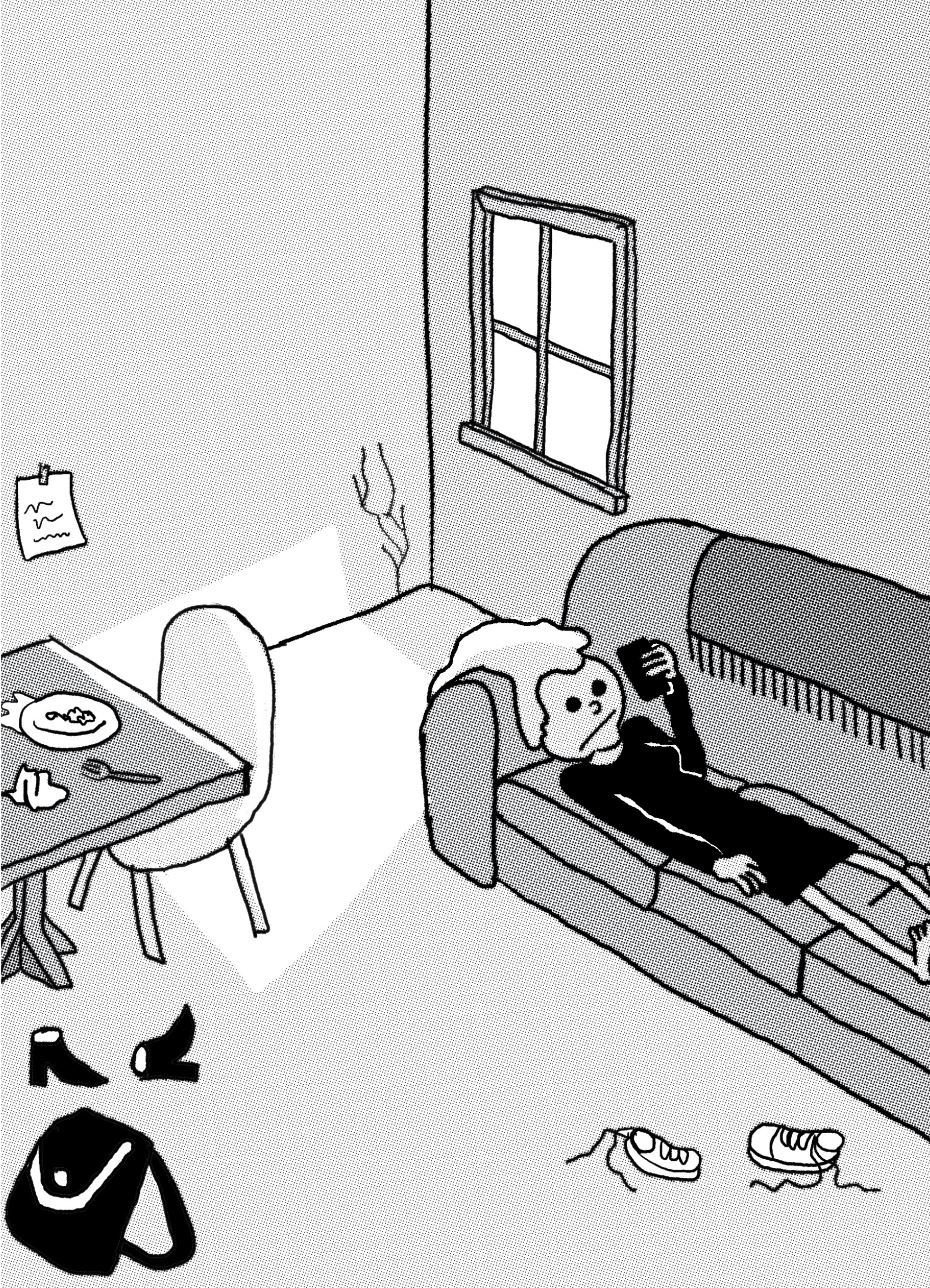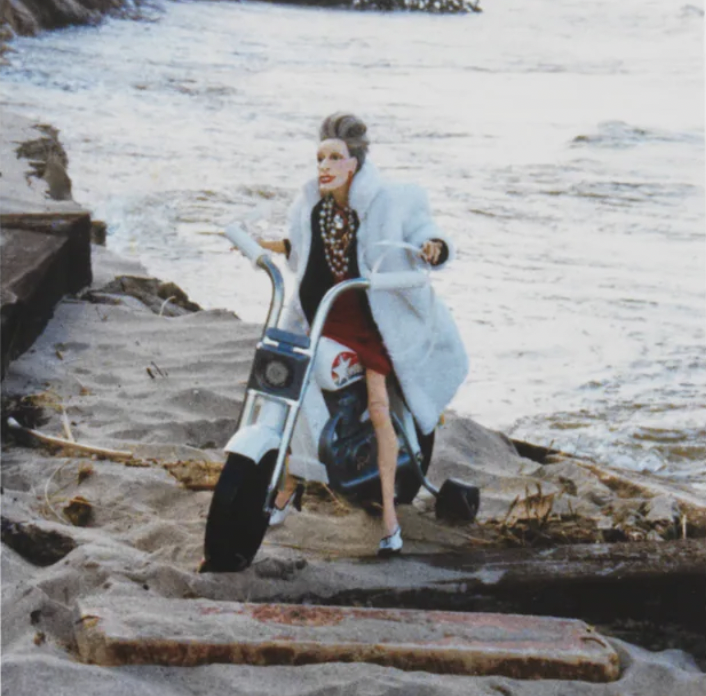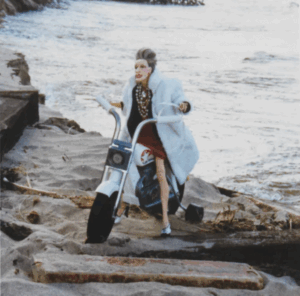
I’ve dated two guys with Krazy Kat tattoos. In particular, the panel where Ignatz Mouse hits Krazy, his unrequited lover, on the head with a brick. Krazy won’t be dissuaded by their differences. Neither were the guys, for a while.
I have never thrown a rectangular projectile at a lover, but, I have lied to them. I used to claim Krazy Kat author George Herriman as my kin but there is no relation other than my lifelong love of fibbing and of cartoons, especially his. The Jetsons and The Flintstones were my pacifier. I picked my nose through a childhood of Nickelodeon and Cartoon Network. And when I was too heartbroken or high to sleep in college, I’d perch Archer on my stomach like an otter. Now I find myself rewatching Rick and Morty episodes as I listen to fireworks and police helicopters overhead.
My peers grew up on similar diets and I see it in the artwork they make now, as relative adults. Jamian Juliano-Vilanni, Bunny Rogers, Jordan Wolfson, Meriem Bennani come to mind. It’s a language I feel instantly both close to and critical of. The same goes for older compatriots such as Kerry James Marshall, Chitra Ganesh, Mike Kelley, Seth Price, Raymond Pettibon, Karen Kilimnik. I don’t mean this as a slight to any of the aforementioned but there is something adolescent about comics; it is a format that is at once incisive, naive, brash, shy, complicated and over-simplified.
In a 2014 podcast conversation for Index on Censorship magazine with political cartoonist Martin Rowson, Neil Gaiman praised what he called comics’ gutter medium status, saying:
Pictures cannot be ignored. Comics are a target in a way that literature cannot be a target because the truth is you can grumble about—say, Hilary Mantel’s Margaret Thatcher short story—but in order to have an opinion on it, you have to read the story, and the act of reading is going to change you. The act of shocking people, upsetting people, or rabble-rousing people is as simple as showing them an image or a portion of an image. You don’t even have to show them the whole picture to get them upset, and you can get them upset in all sorts of weird directions.
Part of Gaiman’s argument is that comics are always relegated to the outskirts where it is okay to cause a ruckus. Rules are more easily bent in a place where the boundaries are already dissolved.

Artist Walter K. Scott challenged my own sense of balance when I was first introduced to his Wendy series by a curator friend. Here was an artist straddling not only the panopticon that is the world of comics, but also the white cube.
The series is named for Scott’s semi-alter ego, Wendy, a young woman struggling to negotiate the simultaneous ladders of art world success and adulthood. Her practice, like Scott’s, is both text and drawing based, an issue which becomes a source both of great shame and of personal growth, as she fumbles through her first exhibitions, studio visits and social milestones.
In the latest dispatch, Scott takes Wendy to get her MFA and we watch as she faces new challenges such as debatable polyamory, teaching with a hangover and performative professionalism.
I read it in one sitting, eating up the ways in which Wendy and her friends negotiate one another’s growing pains and thinking about the ways that I’m still navigating mine. I find myself often wavering between the child and the adult, snapping at a friend and then profusely apologizing afterwards in compensation—like Wendy when she shoots off on a peer in the studio for blowing off a barfly plan. I wonder how many of the instances are made up, or sutured together from Scott’s friends and their own missteps. I like getting lost in the question of what is archetype and what is personal and raw.
The MFA experience is somewhat foreign to me. I know from friends it often ends with a lot of social baggage and debt, but it can also be life saver; these things are weirdly not mutually exclusive. One gets the feeling that Scott’s own conclusions on art school are more ambiguous. Wendy’s professors rattling on about the reading no one did is not what motivates her work’s evolution in the narrative, but rather school provides the stage to try out a new version of herself with similarly minded peers. She’s learning when and what she wants to say. You are rooting for her even when she fucks up.
Scott’s world is holistic, like all my favorite art and cartoons. It’s tender and accessible in a way many of his contemporaries walk away from—I think to their detriment. Wherever I pick up Wendy, I feel like we are in sync. I can dive into her reality and every time I come back, I feel her a little more in mine.










 in your life?
in your life?

